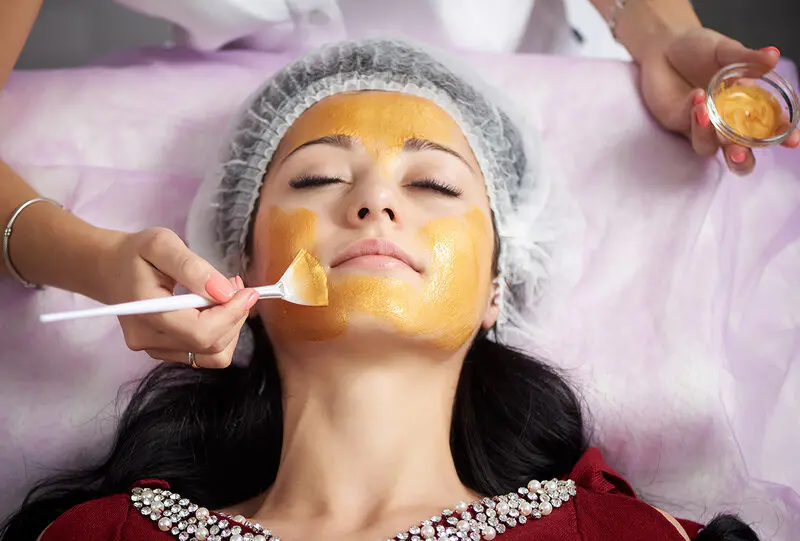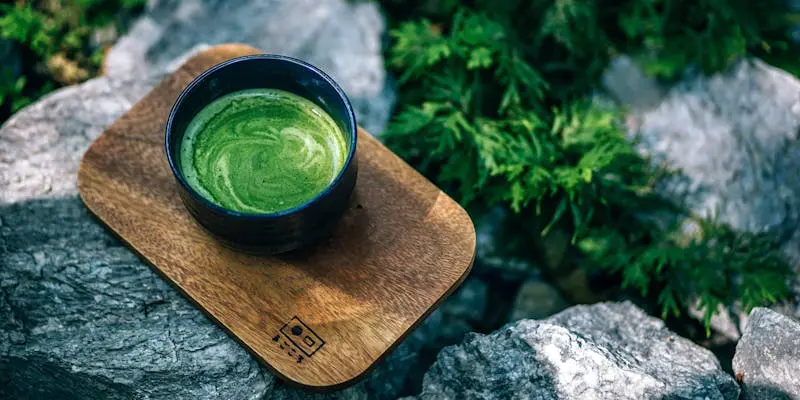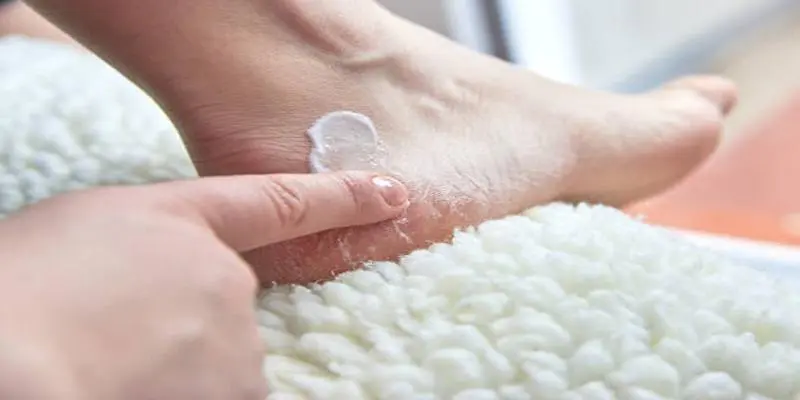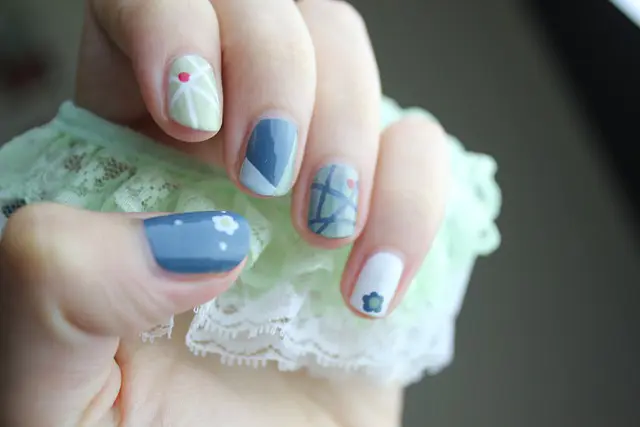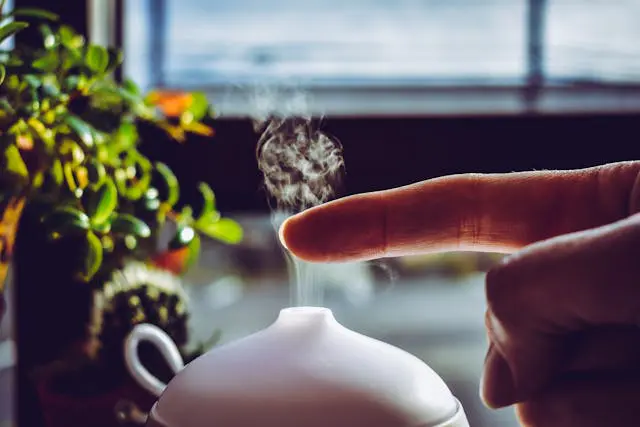The desire for glowing skin is a shared human goal, but the methods and beliefs behind it differ greatly from one culture to another. This piece delves into the traditional skincare practices from various parts of the world that are influencing today's beauty trends.
Asia: Pioneers in the Evolution of Skincare and Beauty Norms
Nations in Asia, such as Japan, South Korea, and China, have been at the forefront of skincare innovation. They have brought different facets of skincare to the forefront, contributing to the worldwide popularity of "K-beauty" and "J-beauty".
- South Korea's Multi-Step Regimen: South Korea's multi-step skincare routine, which can involve up to 10 different steps, is deeply ingrained in the culture. It includes the use of essences and serums for deep hydration and specific treatments. The emphasis on hydration stems from the belief that it is vital for keeping the skin youthful.
- Japan's Streamlined Approach: Japanese skincare focuses on simplicity and premium ingredients. Heritage ingredients like rice bran and green tea are utilized for their skin-brightening and soothing effects. Sun protection is also a key component of Japanese skincare, reflecting a cultural dedication to maintaining an even skin tone.
- China's Herbal Insights: The principles of Traditional Chinese Medicine (TCM) have long influenced skincare, with ingredients such as ginseng and pearl powder thought to balance the body's energy and boost skin radiance. TCM also underscores the link between overall health and skin health, advocating for dietary and tea regimens that benefit the skin.
These Asian practices have transformed their domestic beauty sectors and introduced global innovations like sheet masks, cushion compacts, and fermented ingredients.
Africa: Celebrating Natural Resources and Communal Knowledge
African skincare traditions are grounded in natural ingredients and collective wisdom. Each region boasts unique practices that honor the land's bounty.
- Morocco's Argan Oil: Referred to as "liquid gold," argan oil has been utilized by Berber women for centuries to nourish and safeguard their skin and hair. Packed with vitamin E and fatty acids, this oil has become a global skincare staple.
- West Africa's Shea Butter: Shea butter, extracted from the nuts of the shea tree, is a mainstay of West African skincare. Its moisturizing and anti-inflammatory properties make it perfect for treating dry skin and other skin conditions.
- Ethiopia's Coffee Scrubs: Coffee is a popular exfoliant in Ethiopia. When mixed with oils or honey, coffee grounds are used to exfoliate and enhance circulation, resulting in smooth and radiant skin.
African skincare traditions highlight the significance of sustainability and community, with many practices being generationally passed down, preserving cultural heritage and the environment.
Europe: A Blend of Time-Honored Elegance and Scientific Progress
Europe boasts a rich skincare history, merging timeless elegance with scientific advancements. From France's luxurious creams to the Mediterranean's natural remedies, European beauty traditions are as varied as the continent itself.
- French Pharmacy Staples: French skincare is famous for its luxury and efficacy. Brands like La Roche-Posay and Avène have made thermal spring water, rich in minerals and soothing properties, popular. The French also prioritize gentle, pH-balanced cleansers and nourishing moisturizers.
- Mediterranean Olive Oil: Olive oil has been used for centuries in countries like Greece and Italy as a moisturizer and cleanser. Its antioxidants and fatty acids protect the skin from environmental damage and maintain skin elasticity.
- Nordic Cold-Weather Strategies: In Scandinavia, where harsh winters can impact the skin, ingredients like lingonberries, birch sap, and seaweed are employed to hydrate and shield. The Nordic approach emphasizes simplicity and

